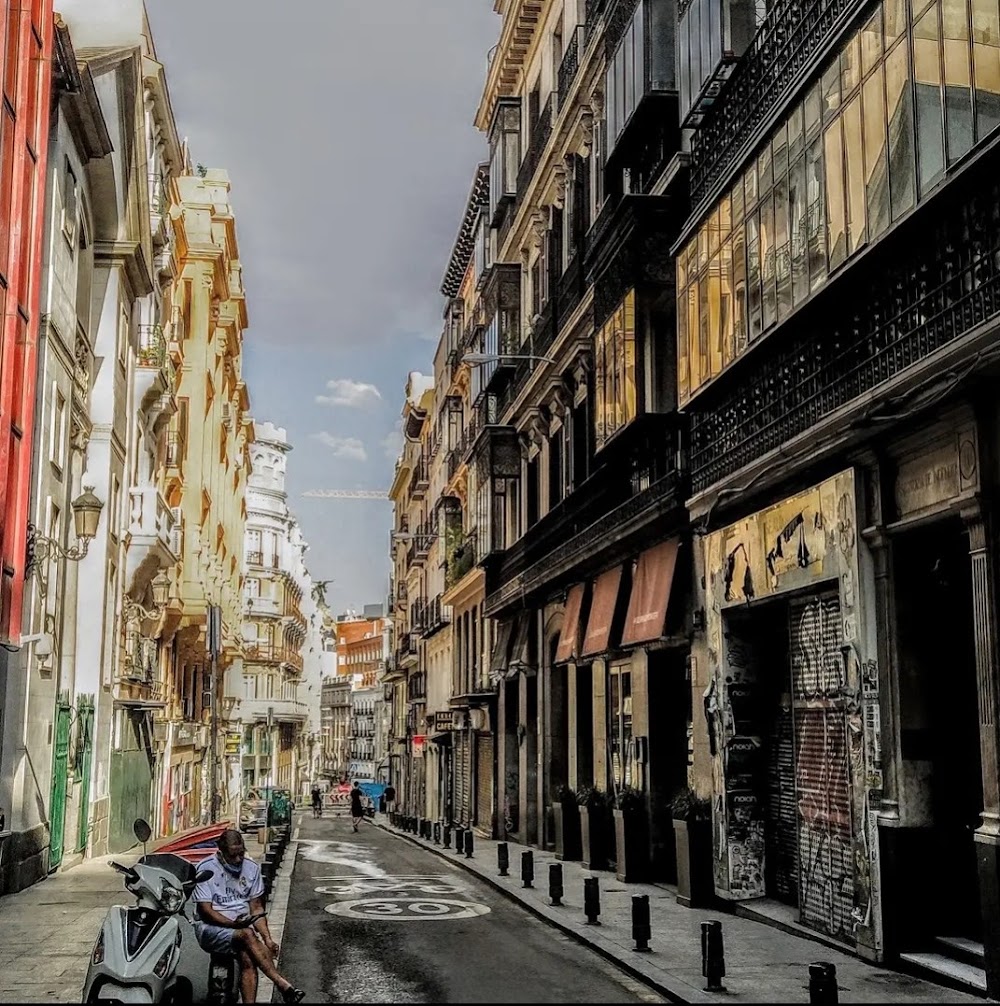En http://www.bbc.co.uk/news/in-pictures-16090055, presentan 10 gráficos mandados por 10 Top economists sobre diversos temas. Son difíciles de reproducir, pero he seleccionado uno. El propio autor explica su contenido y significado. Es un indicio de las dificultades crecientes de los bancos europeos para financiarse el el mercado interbancario. antes de la crisis, el nivel normal de este prima añadida era del 0,2%, Ahora llega al 1% para operaciones a 3 meses. Lo peor es que está más alto incluso que durante la crisis de 2008.
"I selected the FRA OIS spread - gobbledy gook to most people. The graph shows that it now costs a bank a full 1% more to borrow three month money via wholesale markets than from the ECB. This is up from a 0.2% extra cost in the summer, pre-crisis. The most important thing though is that the extra cost of borrowing in these markets is increasing rapidly, despite the efforts of the eurozone politicians to come up with a solution." LOUISE COOPER, MARKETS ANALYST AT BGC PARTNERS
"I selected the FRA OIS spread - gobbledy gook to most people. The graph shows that it now costs a bank a full 1% more to borrow three month money via wholesale markets than from the ECB. This is up from a 0.2% extra cost in the summer, pre-crisis. The most important thing though is that the extra cost of borrowing in these markets is increasing rapidly, despite the efforts of the eurozone politicians to come up with a solution." LOUISE COOPER, MARKETS ANALYST AT BGC PARTNERS
¿Qué es el FRA-OIS? Más que en su definición (FRA-OIS: margen entre Future Interbank Rate minus Overnight Index Sawp), cuya "difference between future interbank rates and overnight indexed swaps) fíjense en el significado de sus movimientos.
The FRA-OIS indicator is a cousin to the more widely known (at least among macro traders) Libor-OIS spread. Both of these indicators are viewed as a reflection of banks willingess to lend money to each other. A spike in these rates suggests a growing fear among banks about letting a competitor borrow. When banks won’t lend to each other, you’re in trouble.
During the 2008 financial crisis they became seen as a kind of canary in the coal mine, and hedge fund and prop traders added them to their models and must-watch lists. When they see a rise in these spreads, the response is “risk off”, which means dumping stocks, euros, oil etc.


No hay comentarios:
Publicar un comentario